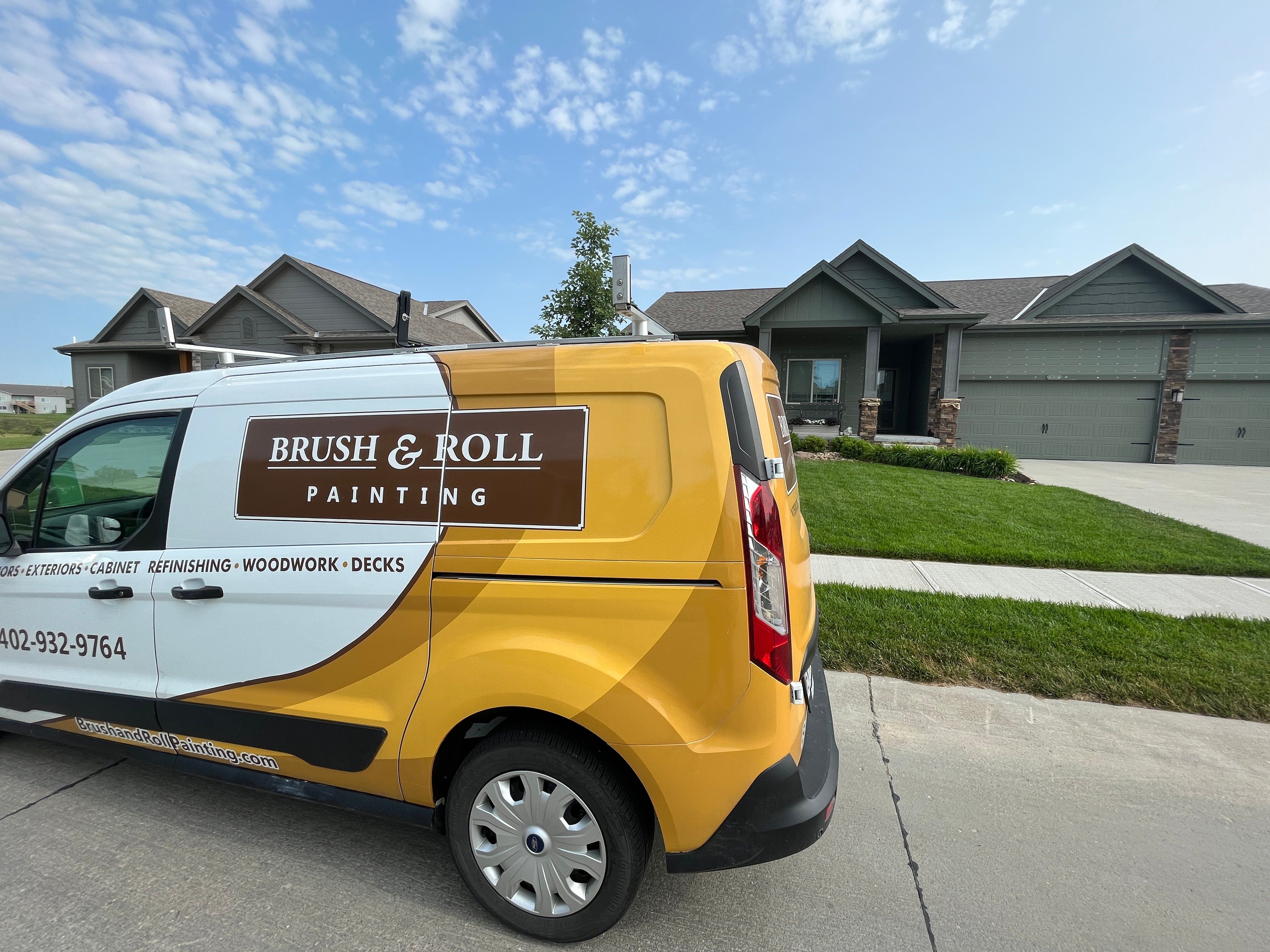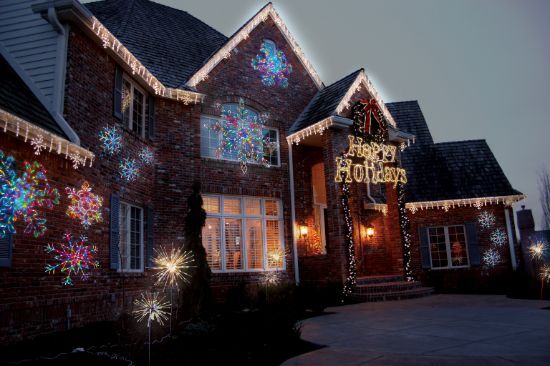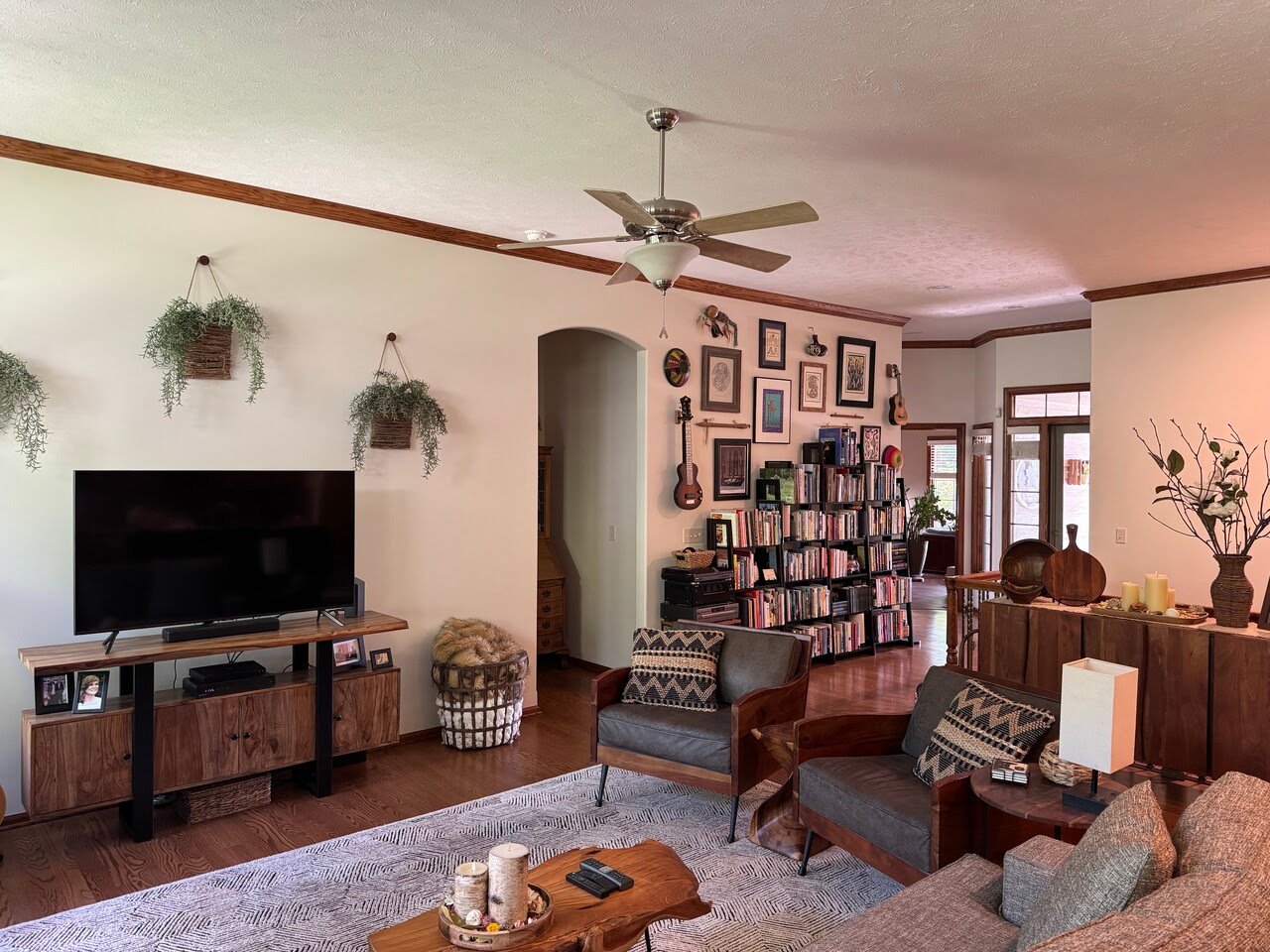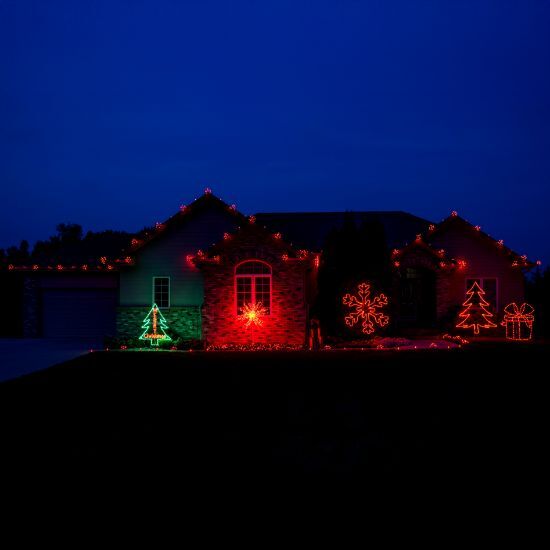How Long After Priming Can You Paint in Omaha?
September 25th, 2024
4 min read
-Sep-25-2024-08-33-27-7761-PM.png?width=800&height=418&name=Blog%20Post%20Image%20Size%20(1)-Sep-25-2024-08-33-27-7761-PM.png)
Ever stared at freshly primed walls, paintbrush in hand, wondering, "Can I start painting now, or do I need to wait?" If you're nodding along, you're not alone. This common DIY dilemma has left many Omaha homeowners scratching their heads, unsure whether to dive in or exercise patience.
At Brush & Roll Painting, we've been transforming Omaha homes for nearly 30 years. Our team of seasoned painters has worked across the metro, giving us a wealth of experience in all things paint-related.
In this article, we're going to discuss the priming process of interior painting and answer the burning question: how long after priming can you paint? By the time you finish reading, you'll have a clear understanding of priming timelines, factors that affect drying, and tips to ensure your paint job turns out picture-perfect.
Whether you're a DIY enthusiast or considering hiring a professional painter in Omaha, this guide will help you navigate your interior painting project with confidence.
How Long Should You Wait To Paint After Priming?
Let's cut to the chase – the general rule of thumb is to wait about 24 hours between priming and painting. But like many rules, this one has its exceptions. The actual waiting time can range anywhere from 1 hour to 24 hours, depending on various factors.
Factors Affecting Primer Drying Time
- Type of Primer: Different primers have different drying times. Here's a quick breakdown:
- Oil-based primers: These typically need 24 hours to dry.
- Latex primers: Generally ready for paint in 1-3 hours.
- Shellac primers: The speed demons of the primer world, often dry within 45 minutes to 1 hour.
- Humidity: Omaha's weather can be as unpredictable as a toddler's mood swings. High humidity slows down drying time, while low humidity speeds it up. Aim for a relative humidity of 50% or less for optimal drying conditions.
- Temperature: The best time zone for primer drying is between 50°F and 90°F. Too cold, and the primer takes forever to dry. Too hot, and it dries too quickly, potentially leading to improper adhesion.
- Ventilation: Good airflow is crucial. Open those windows (weather permitting) or use fans to keep the air moving.
- Application Thickness: A thick layer of primer will take longer to dry than a thin one. Stick to the manufacturer's recommendations on the right mil thickness for how the paint should be applied.
Interior Paint Drying Process
When you apply primer, you're essentially laying down a film of particles suspended in a liquid. As the liquid evaporates, these particles come closer together, forming a solid, uniform surface.
The drying process happens in two stages:
- Surface Dry: This is when the primer feels dry to the touch. Don't be fooled – it's not fully dry yet!
- Through Dry: This is when the primer has dried completely, all the way through to the surface underneath.
Waiting for the primer to be "through dry" is crucial. If you paint too soon, you risk all sorts of issues, from poor adhesion to uneven color.

How To Tell if Primer is Dry?
While following the recommended drying times is important, there's a simple test you can do to check if your primer is ready for paint: the touch test.
Here's how to do it:
- Gently press your thumb against the primed surface in an inconspicuous area.
- If your thumb leaves an imprint or feels tacky, the primer needs more time to dry.
- If the surface feels smooth and doesn't yield to pressure, you're good to go!
Remember, patience is a virtue in painting. It's better to wait a little longer than to rush and end up with a messed up finish.
Can You Wait Too Long to Paint After Priming?
Generally speaking, you should paint within a couple of weeks after priming. Some primers can be left for up to 30 days, but that's pushing it. Here's why:
- Dust and Dirt: The longer you wait, the more time there is for dust, dirt, and debris to settle on your beautifully primed surface.
- Oxidation: Primers can start to break down when exposed to air for too long. This process, called oxidation, can affect the primer's ability to bond with your paint.
- Surface Changes: Temperature fluctuations and humidity (Nebraska weather!) can cause subtle changes to the primed surface over time.
- Loss of Adhesion: The longer the primer sits, the less "sticky" it becomes. This means your paint might not adhere as well as it should.
What Happens If You Wait Too Long To Paint After Priming?
If you find yourself in a situation where weeks have passed since priming, don't panic. Here's what you might need to do:
- Light Sanding: Give the surface a light sanding to remove any dust or degraded primer. You can use a pole sander to quickly cover a walls surface.
- Clean Thoroughly: Wipe down the walls to ensure a clean surface.
- Spot Prime: If there are any areas where the primer looks compromised, you might need to spot prime.
- Consider Re-Priming: In extreme cases, or if it's been more than a month, you might want to apply a fresh coat of primer.
 Tips and Tricks For Priming Interior Paint
Tips and Tricks For Priming Interior Paint
Now that we've covered the waiting game, let's talk about how to prime like a pro. These tips will help ensure you get the best possible results:
- Prep is key: Clean and sand your walls before priming. A smooth, clean surface is crucial for good primer adhesion.
- Choose the right primer: Different surfaces need different primers. For example, use a stain-blocking primer if you're covering dark colors or stains.
- Apply evenly: Use long, smooth strokes for an even application. Avoid leaving thick spots or areas with too little primer.
- Don't skimp: While you don't want to go overboard, make sure you apply enough primer to fully cover the surface.
- Use quality tools: A good brush or roller can make a world of difference in how evenly your primer (and paint) goes on.
Priming Before Interior Painting Your Walls
While the general rule is 24 hours, factors like primer type, humidity, and temperature can all impact drying time. The key is to be patient and let the primer dry thoroughly before reaching for that paint can.
By following the guidelines and tips in this article, you're well on your way to achieving a professional-looking paint job that would make any Omaha homeowner proud.
At Brush & Roll Painting, we're passionate about helping Omaha homeowners create beautiful living spaces. While we hope this guide empowers you to tackle your DIY projects with confidence, remember that we're always here to lend a hand (or a brush) if you need it.
Ready to transform your space with a fresh coat of paint? Click the button below to get a quote and let's bring your vision to life!
Whether you’re tackling the project yourself or hiring a professional painter, it’s important that you are prepared so that you make the best decisions for your project. Click the button below to download your interior painting project checklist, so that you can mark off each stage of your project as it goes from research to maintenance.
Kaylea is the Brush & Roll Painting Content Manager. Kaylea is a Journalism and Media Communications summa cum laude graduate with a minor in Marketing from the University of Nebraska at Omaha. Kaylea manages the marketing for Brush & Roll Painting.
















-Jul-23-2025-02-21-33-5468-PM.png?width=800&height=418&name=Blog%20Post%20Image%20Size%20(2)-Jul-23-2025-02-21-33-5468-PM.png)


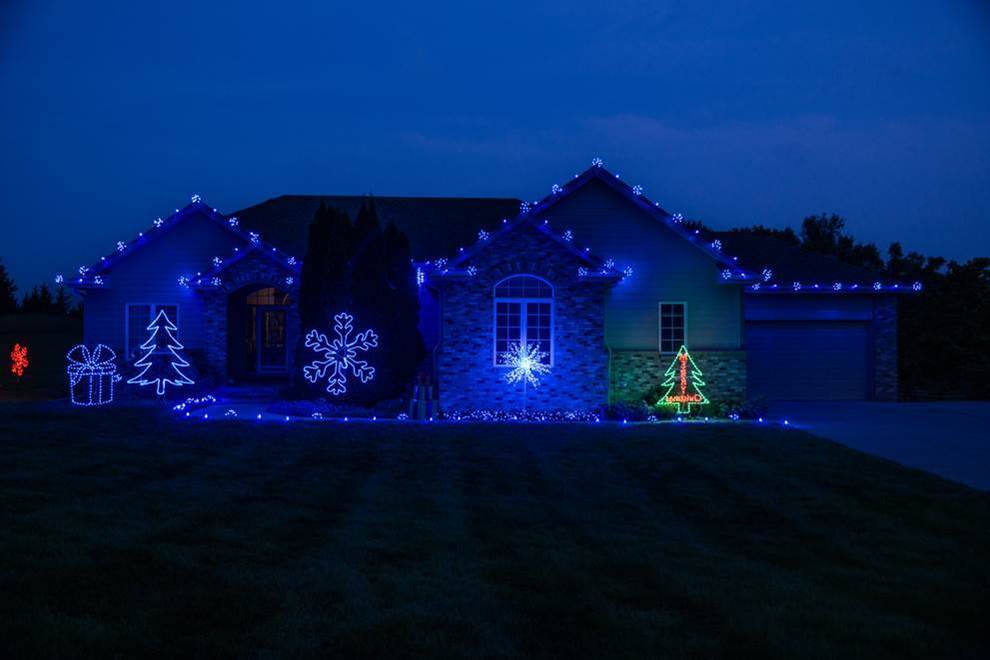
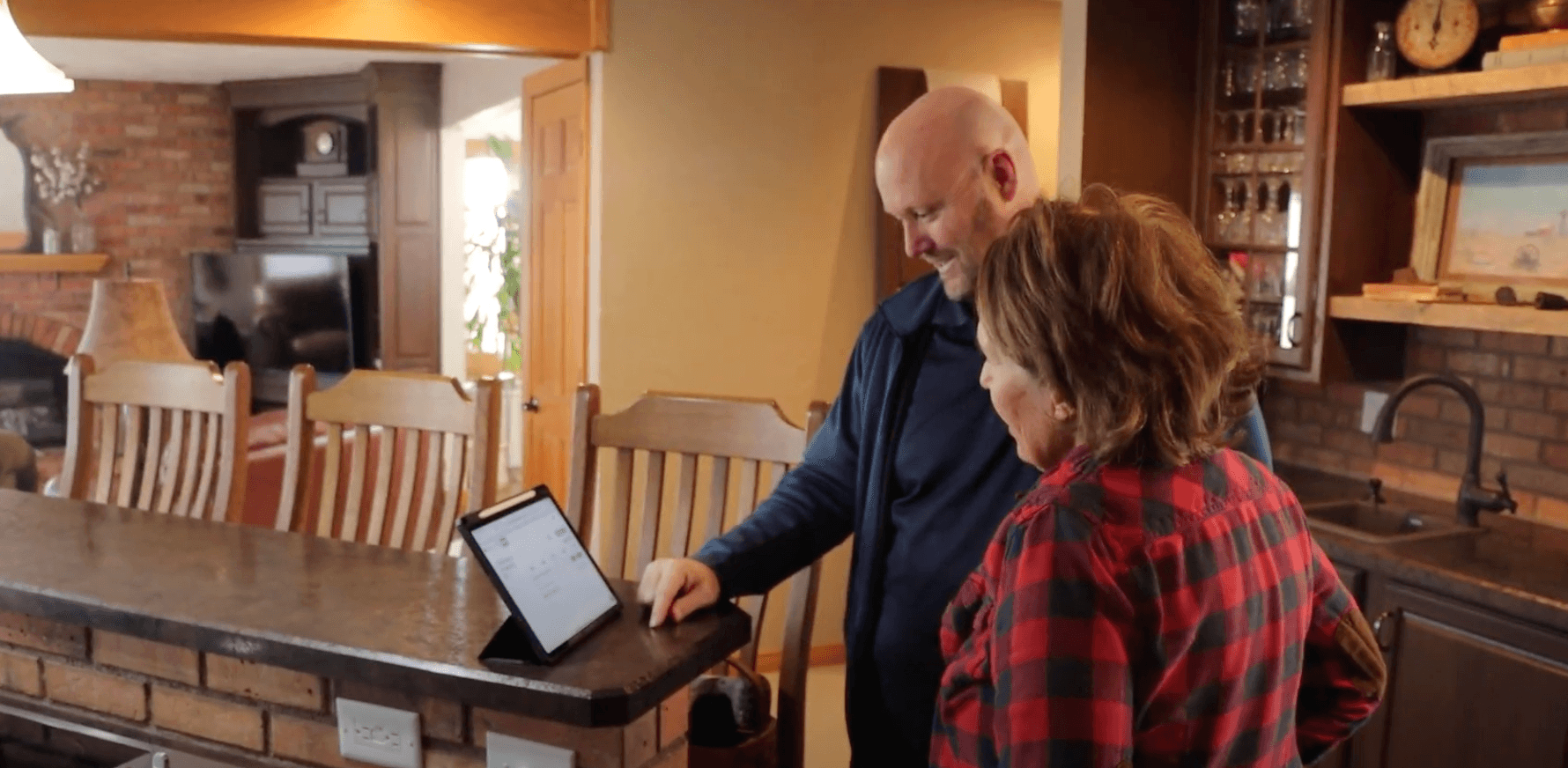
-Oct-22-2025-01-39-19-5208-PM.png?width=800&height=418&name=Blog%20Post%20Image%20Size%20(1)-Oct-22-2025-01-39-19-5208-PM.png)
